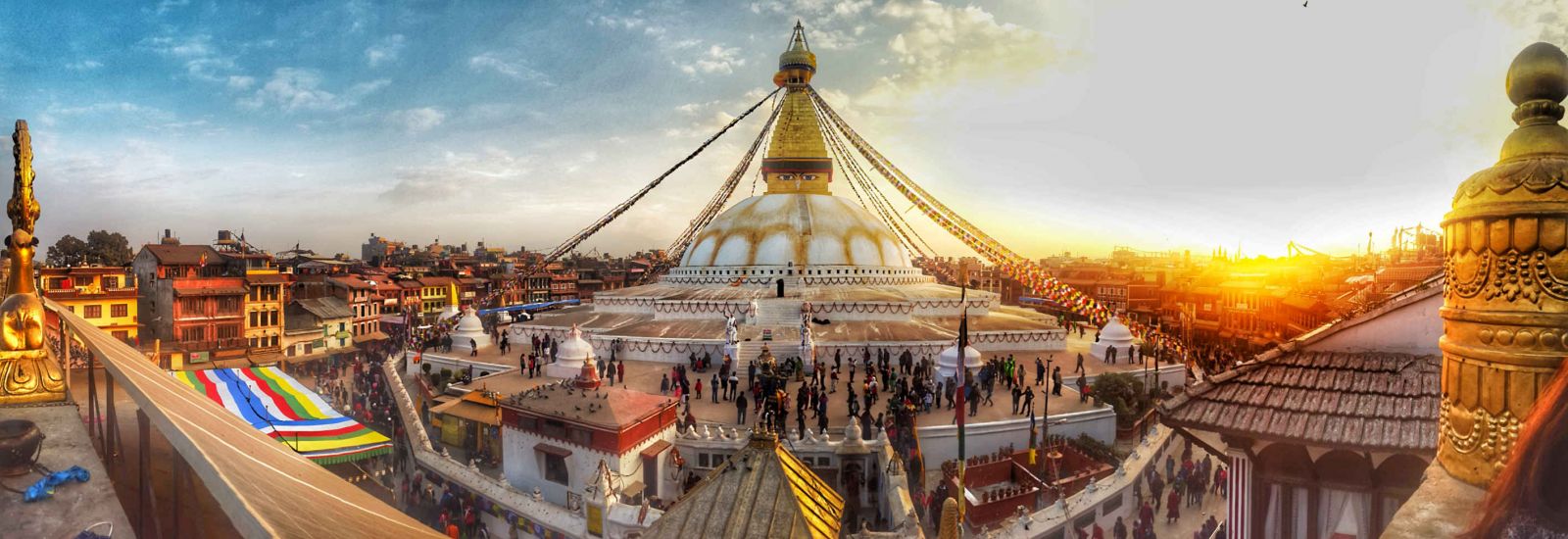
Asia - South and Central region
South and Central Asian studies at Oxford
Oxford has a number of centres that cover the south and central Asia region.
The University’s Faculty of Asian and Middle Eastern Studies is a leading centre for the study of the languages and cultures of the Middle East, North Africa and Asia. The faculty has specialists in a number of disciplines relevant to the region, including Hindi, Sanskrit and Tibetan and Himalayan studies. It also offers a variety of options to students interested in studying the region.
The South Asian Studies Centre, part of the Oxford School of Global and Area Studies (OSGA), studies the region primarily from a social science perspective, in collaboration with departments that work in other disciplines. The centre administers an MSc and MPhil in modern south Asian studies run jointly with the Faculty of Asian and Middle Eastern Studies, and also participates in OSGA’s Area Studies DPhil programme.
The parts of central Asia that have historically fallen within Russia’s sphere of influence or been part of the Soviet Union are studied at two centres within Oxford: the Russian and East European Studies Centre, part of OSGA, and the Russian and Eurasian Studies Centre at St. Antony’s College.
Partnership with India is a strategic priority for the University. To that end, the India Oxford Initiative (IndOx) was created in 2018 as a means to develop and sustain equitable partnerships between the University and institutions and individuals in India. IndOx acts as a hub to co-ordinate India-related activity within Oxford and as a contact point for potential external partnerships.
Libraries and Museums
The Ashmolean Museum has a distinguished collection of objects from the Indian subcontinent (modern India, Pakistan, Bangladesh and Sri Lanka), the most comprehensive of its kind in Britain outside London.
The Bodleian Library is the repository of some 8,700 Sanskrit manuscripts, the largest known collection of Sanskrit manuscripts outside the Indian sub-continent.
The Pitt Rivers Museum has one of the world’s most significant collections of photographs of Tibet. It also has a variety of other important photographic collections from the region, that include photographs of the Indian state of Nagaland spanning the century between the 1870s and 1970s, photographs of Bhutan from the 1960s, and photographs of Pakistan and Afghanistan taken by Wilfred Thesiger in the 1950s and 60s.
Collaborations with institutions in South and Central Asia
Humanities collaborations
The OXUS-INDUS project, run by Oxford’s Faculty of Classics and the Ashmolean Museum, aims to create an online typology and research tool for ancient Graeco-Bactrian and Indo-Greek coinage. The current standard reference works that describe known coins are out of print, and in any case existed only in English and French. OXUS-INDUS aims to create an up-to-date reference in around 20 languages that will include coins from major international collections, such as that of the State Bank of Pakistan.
Medical Science collaborations
The RECOVERY trial of potential COVID-19 treatments is run by Oxford’s Nuffield Department of Population Health. It is the world’s largest COVID-19 drug trial, and attempts to identify existing medications that could be used as treatments for patients hospitalised with COVID-19; it has so far found two drugs that can improve the prognosis for hospitalised patients. The trial has a site in Nepal, thanks to the already established Oxford University Clinic Research Unit there, run in partnership with the Patan Academy of Health Sciences and Patan Hospital in Kathmandu, and the Nepal Health Research Council.
Social Sciences collaborations
The REACH research programme on improving water security for the poor has a number of partners in Bangladesh, in particular the Bangladesh University of Engineering and Technology. Run from Oxford’s School of Geography and the Environment, REACH aims to better understand issues around water security and by doing so inform future policy and practice around water delivery. The REACH programme is funded by UK aid from the UK Government’s Foreign, Commonwealth & Development Office.
The Freedom of Religion and Belief Leadership Network (FoRBLN) is a network of parliamentarians and belief leaders in Africa and South Asia that aims to reduce barriers to freedom of religion and belief. Oxford’s Centre for the Study of Social Cohesion is a partner in the network whose partners in central Asia are – in Pakistan – the Jinnah Institute, the Pak Mission Society, and the Drik Picture Library.
Other activities
Oxford University Press in Pakistan runs the annual Karachi Literature Festival, which began in 2010. It brings together Pakistani and international writers to create an open forum for intellectual and cultural dialog, and promotes the literature and culture of Pakistan to an international audience.
Scholarships and travel assistance
There are many schemes offering funding for international undergraduate students and particularly funding for international graduate students to study at Oxford, as well as schemes to help students already at Oxford travel abroad.
Student societies
Oxford has official clubs and societies for people interested in, or who have a connection to, many different countries and regions.
Oxford alumni in South and Central Asia
Oxford has a large number of alumni groups around the world.
Notable South and Central Asian alumni
Notable alumni from the region include:
- Tariq Ali, writer;
- Vikram Seth, writer;
- Solomon Bandaranaike, former prime minister of Sri Lanka;
- Benazir Bhutto, former prime minister of Pakistan;
- Zulfiqar Ali Bhutto, former president and prime minister of Pakistan;
- Indira Gandhi, former prime minister of India;
- Imran Khan, former prime minister of Pakistan and former international cricketer;
- Liaquat Ali Khan, first prime minister of Pakistan;
- Dr Manmohan Singh, former prime minister of India.